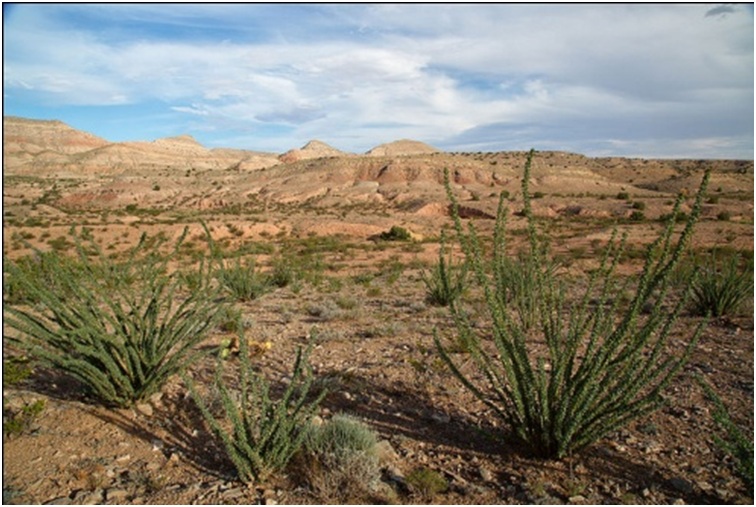

For most areas the signal appears to differ only slightly with changes in landscape structure and composition because the view/illumination geometry is poor and reflectance is dominated by bright soils. The directional signal contributes a variation of 5-10% in reflectance, necessitating angular corrections. Segmentation data are plant density and cover and spectral measures derived from high-resolution aerial photography and classified Landsat 7 Enhanced Thematic Mapper imagery.
COPPICE DUNES SIMULATOR
Further work is required to determine whether simple models would be adequate for angular corrections.ĪB - This study assesses the effects of physical structure and composition of shrub-coppice dune landscapes on anisotropy in the NASA MODIS-ASTER Airborne Simulator (MASTER) solar channels, and investigates the viability of simulating multi-angular data sets using off-nadir airborne imaging radiometry from a single overpass by means of data segmentation. Term:Coppice dunes and falling dunes aredifferent from the. Segmentation data are plant density and cover and spectral measures derived from high-resolution aerial photography and classified Landsat 7 Enhanced Thematic Mapper imagery. They occur when plants covering sand die, and the sand carried by the wind forms a parabolic shape. N2 - This study assesses the effects of physical structure and composition of shrub-coppice dune landscapes on anisotropy in the NASA MODIS-ASTER Airborne Simulator (MASTER) solar channels, and investigates the viability of simulating multi-angular data sets using off-nadir airborne imaging radiometry from a single overpass by means of data segmentation. T1 - The impact of the structure and composition of shrub-coppice dune landscapes on MASTER reflectance anisotropy


 0 kommentar(er)
0 kommentar(er)
